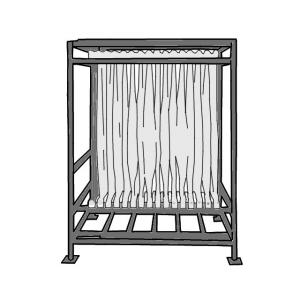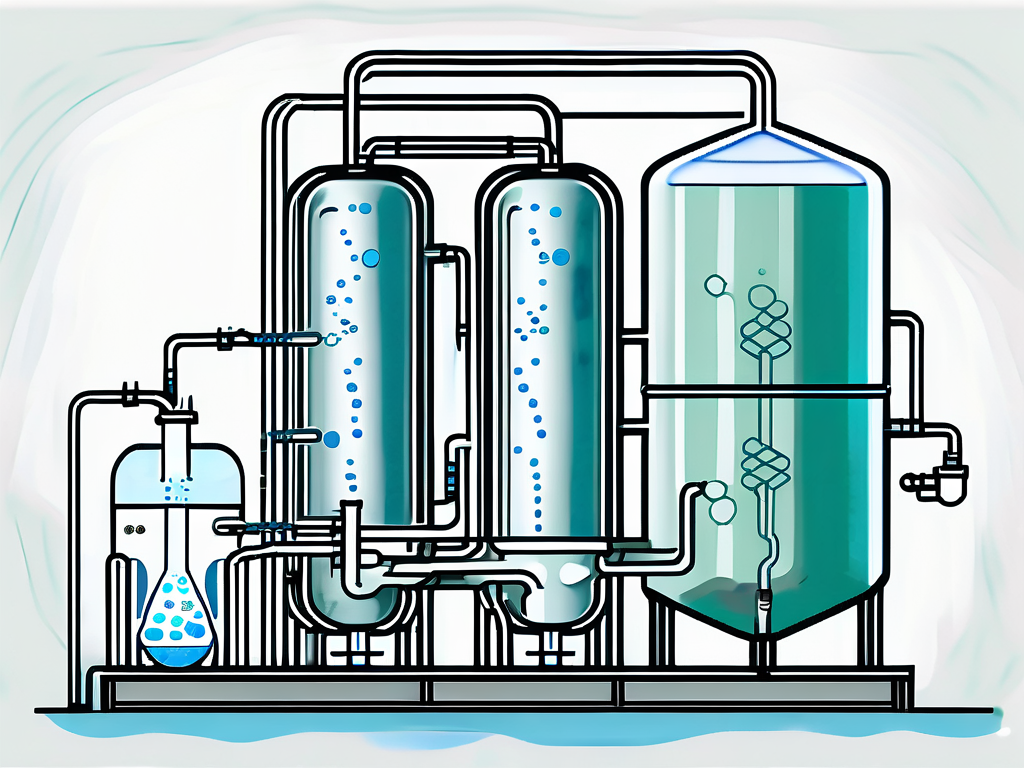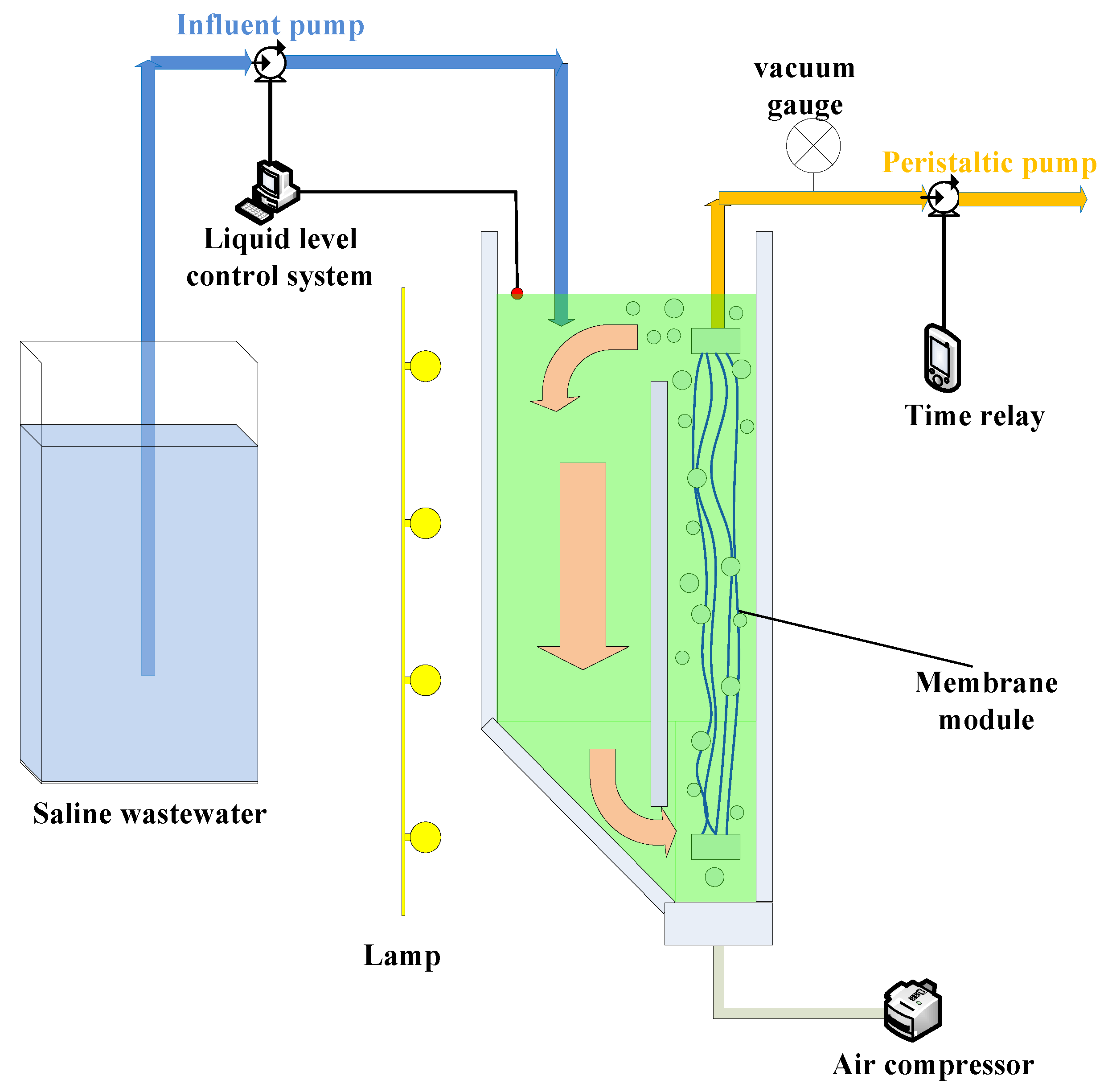Membrane Bioreactor vs. Traditional Treatment Methods: Key Differences Explained
Membrane Bioreactor vs. Traditional Treatment Methods: Key Differences Explained
Blog Article
Exactly How Membrane Layer Bioreactors Are Revolutionizing Water Purification Systems
The emergence of membrane bioreactors (MBRs) stands for a substantial development in the field of water purification, merging organic treatment processes with sophisticated membrane layer filtering technologies. This combination not only enhances the quality of dealt with effluent however likewise addresses urban space constraints, making MBRs especially appropriate for largely inhabited areas. As international water scarcity increases, the function of MBRs in facilitating potable water reuse and sustainable water monitoring ends up being progressively essential. Yet, the implications of this modern technology expand beyond efficiency-- what chances and difficulties lie in advance for its widespread implementation?
Summary of Membrane Layer Bioreactors
Membrane bioreactors (MBRs) stand for a considerable development in water purification technology, as they incorporate biological treatment processes with membrane layer purification. This combination improves the efficiency of wastewater therapy by utilizing microorganisms to deteriorate organic toxins while at the same time using semi-permeable membranes to separate treated water from suspended pathogens and solids.
The MBR system commonly consists of a biological reactor where the microbial populace metabolizes contaminants, complied with by a membrane purification system that keeps biomass and enables just clean water to travel through. This dual performance results in greater effluent top quality contrasted to traditional therapy techniques. MBRs can be run in both batch and continual flow modes, offering versatility in style and application.
In Addition, MBRs are characterized by their compact impact, making them suitable for urban setups with space constraints. Membrane Bioreactor. They additionally make it possible for the recovery of water for reuse, thus adding to water sustainability initiatives. While MBR modern technology has gained appeal in local and industrial applications, its functional complexities and energy demands demand mindful factor to consider during implementation. Overall, MBRs are at the leading edge of boosting water treatment effectiveness and top quality, showcasing the possibility for innovative remedies in environmental monitoring.
Benefits of MBR Innovation
The assimilation of biological therapy with membrane filtration supplies countless advantages for water purification procedures. Among the key advantages of Membrane Bioreactor (MBR) modern technology is its capability to successfully get rid of both natural and not natural pollutants, causing high-grade effluent. The membrane layers serve as a physical barrier, avoiding suspended solids and microorganisms from travelling through, which improves the total security and reliability of cured water.
In addition, MBR systems need a smaller sized impact contrasted to conventional treatment techniques, enabling for much more effective room application. This compact style is especially advantageous in metropolitan setups where land is restricted. MBRs likewise show functional adaptability, fitting differing influent qualities and flow rates without significant performance deterioration.
Furthermore, the procedure uses enhanced nutrient removal capabilities, particularly for nitrogen and phosphorus, which are important for preventing eutrophication in getting waters. The lowered sludge production associated with MBR innovation likewise converts to lower disposal prices, making it an economical remedy in the future - Membrane Bioreactor. In general, the advantages of MBR modern technology placement it as a leading option for sustainable and innovative water purification systems, resolving both ecological and financial problems
Applications in Water Filtration
Applications of Membrane Bioreactor (MBR) innovation in water filtration are diverse and impactful, site attending to numerous treatment requires throughout multiple fields. MBRs effectively incorporate biological therapy procedures with membrane layer filtration, making them ideal for community wastewater therapy, commercial effluent management, and even potable water reuse campaigns.
In metropolitan setups, MBRs are progressively employed to enhance the top quality of dealt with wastewater, enabling for conformity with stringent discharge regulations and facilitating the recycling of water for irrigation and non-potable uses. Their compact design likewise makes them ideal for metropolitan settings where room is restricted.
Industrially, MBR technology is used to deal with process water and wastewater, especially in sectors such as food and drink, pharmaceuticals, and fabrics. By effectively eliminating pollutants and put on hold solids, MBRs aid sectors minimize environmental impacts while recouping useful sources from wastewater streams.
Additionally, MBRs are gaining traction in decentralized water therapy applications, where small-scale systems can be released in remote areas or creating areas. This versatility makes it possible for areas to accomplish sustainable water monitoring remedies, boosting access to tidy water while reducing reliance on conventional therapy methods.
Situation Researches and Success Stories

In one more instance, a fabric manufacturing facility in Bangladesh embraced MBR technology to resolve its wastewater obstacles. The system reduced chemical oxygen demand (COD) levels from 1,200 mg/L to much less than 100 mg/L, hence satisfying regulatory criteria and significantly minimizing ecological impact.
The College of Cape Town's MBR setup has verified effective in dealing with greywater for non-potable reuse on campus. This project not only conserves safe and clean water but also serves as an educational design for sustainable techniques.
In addition, a fish and shellfish processing plant in Norway used MBR technology to treat effluents containing high degrees of organic matter, achieving over 90% contaminant elimination. These study emphasize MBR innovation's versatility and its crucial function in enhancing water quality across varied applications.
Future of Water Treatment Solutions
As global water scarcity and air pollution challenges increase, ingenious water therapy options are becoming increasingly important to ensure lasting accessibility to clean water. The future of water treatment depends on the assimilation of sophisticated technologies that boost the effectiveness and efficiency of purification procedures. Membrane bioreactors (MBRs) go to the forefront of this evolution, incorporating organic treatment with membrane layer purification to create premium effluent appropriate for various applications.

Emerging fads such as resource recuperation from wastewater, including nutrients and power, will even more change therapy facilities into environmentally friendly centers. In addition, improvements in nanotechnology and membrane materials guarantee enhanced efficiency and long life of filtration systems.

Final Thought
Finally, membrane layer bioreactors stand for a significant advancement in water purification modern technologies, effectively combining organic treatment with sophisticated membrane purification. The numerous advantages, consisting of improved effluent top quality and decreased spatial requirements, make MBRs especially ideal for urban applications. Their function in drinkable water reuse and sustainable water administration highlights their value in addressing global water scarcity difficulties. Proceeded research study and advancement will certainly even more enhance the efficiency and fostering of MBR technology, guaranteeing a resistant future for water therapy services.
The introduction of membrane bioreactors (MBRs) represents a substantial advancement in the area of water purification, combining biological therapy procedures with advanced membrane filtering technologies. As worldwide water scarcity heightens, the role of MBRs in assisting in safe and clean water reuse and sustainable water management becomes increasingly critical. They likewise make it possible for the recuperation of water for reuse, therefore adding anchor to water sustainability initiatives.As international water scarcity and pollution difficulties escalate, ingenious water treatment solutions are becoming significantly vital to make certain lasting accessibility to clean water. Their duty in drinkable water reuse and sustainable water monitoring highlights their relevance in attending to international water deficiency difficulties.
Report this page